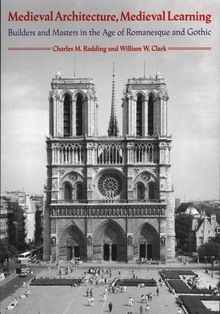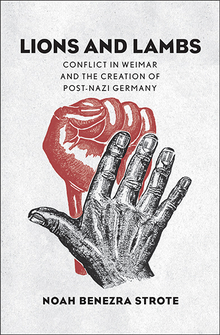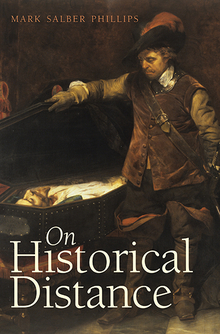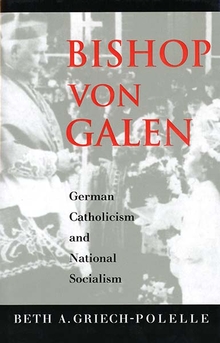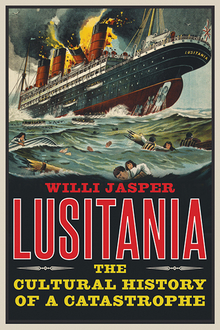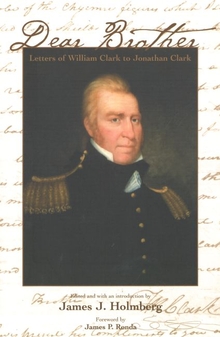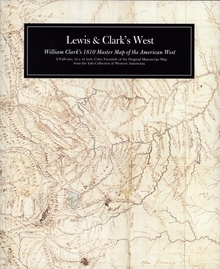Medieval Architecture, Medieval Learning
WARNING
You are viewing an older version of the Yalebooks website. Please visit out new website with more updated information and a better user experience: https://www.yalebooks.com
Builders and Masters in the Age of Romanesque and Gothic
Charles M. Radding and William Clark
The authors trace the professional contexts and creative activities of builders and masters from the creation of the Romanesque to the achievements of the Gothic and, in the process, establish new criteria for defining each. During the eleventh and early twelfth centuries, they argue, both intellectual treatises and Romanesque architecture reveal a growing mastery of a body of relevant expertise and the expanding techniques by which that knowledge could be applied to problems of reasoning and building. In the twelfth century, new intellectual directions, set by such specialists as Peter Abélard and the second master builder working at Saint-Denis, began to shape new systems of thinking based on a coherent view of the world. By the thirteenth century these became the standards by which all practitioners of a discipline were measured. The great ages of scholastic learning and of Gothic architecture are some of the results of this experimentation. At each stage Radding and Clark take the reader into the workshops and centers of study to examine the methods used by builders and masters to create the artistic and intellectual works for which the Middle Ages are justly famous.
Handsomely illustrated and clearly written, this book will be of great interest to scholars and students of medieval art, culture, philosophy, history, intellectual history, and the history of technology.
"Erwin Panofsky’s intuition about the relationship between scholastic knowledge and architecture finds its justification and correction in this very suggestive and convincing essay. A brilliant demonstration of the creativity of medieval intellectuals, from Abélard to the masters of Saint Denis and Reims, and of the modernity of the twelfth century, the greatest century of the Middle Ages."—Jacques Le Goff, Ecole des Hautes Etudes en Sciences Sociales
"A fundamental study—extremely pertinent—whose results are laid out with the greatest clarity."—Georges Duby, Collège de France
"An ambitious attempt to uncover, beneath the radical transformations of art and thought in the period from the 11th through the 13 century, an underlying commonality of purpose and method. . . . The book will be a useful introduction both to significant historical events and to the methodological issues that their interpretation entails."—Choice
"This book was waiting to be written. . . . Radding and Clark present sound expositions of the history of learning and architecture in the period, and readers working in either area will come away with an enhanced understanding of the culture of the eleventh and twelfth centuries in western Europe."—Eric Fernie, Society of Architectural Historians of Great Britain Newsletter
"[A] fine study of the intellectual and artistic emergence of Western Europe. Its thought-provoking thesis and the clarity and breadth of its presentation will provide other scholars with a foundation and template for similar work."—Steven J. Livesey, American Historical Review
Publication Date: September 28, 1994
126 b/w illus.

